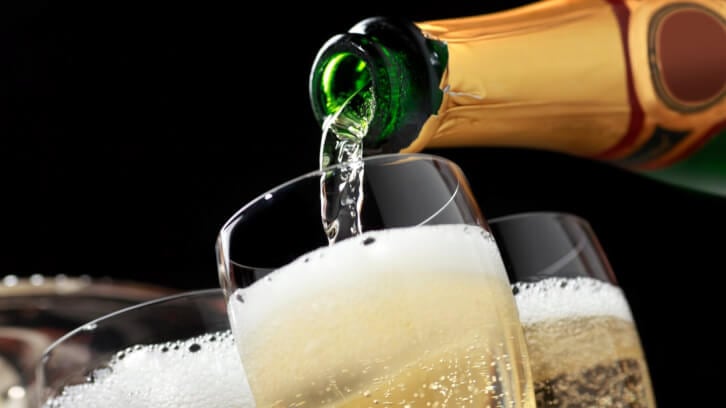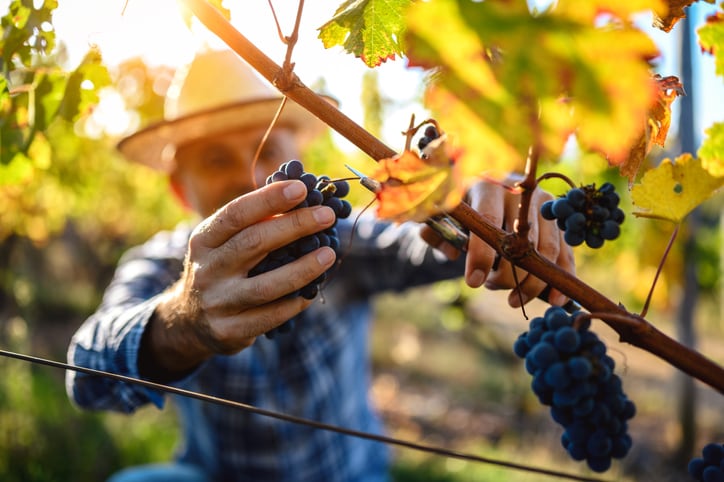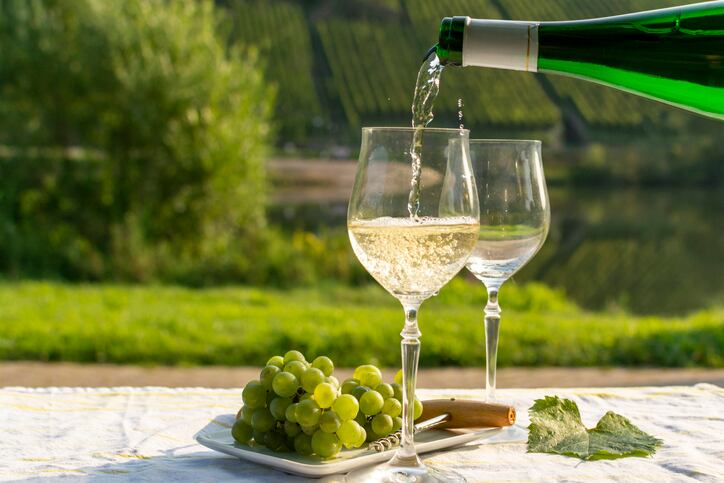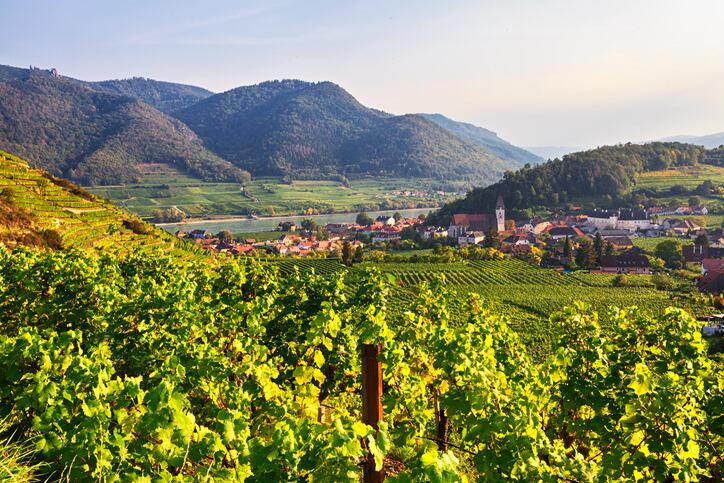What is causing the current Champagne shortages?
Trade body, the Comité Champagne, reported that Champagne sales reached highs in 2019, with over 297 million bottles sold worldwide. In response to Covid-19’s potential impact on Champagne demand, the Comité implemented measures to control grape harvests in 2020. Their enforced 20% quantity reduction was established to prevent oversupply in case of a market downturn.
Contrary to expectations, the pandemic led to a surge in Champagne consumption, with consumers indulging more than ever; this unexpected trend resulted in a remarkable 60% increase in sales from 2020 to 2021. Volume surged again to a record 326 million bottles in 2022 (Comité Champagne, 2022), thanks to celebratory post-lockdown reunions. Furthermore, Champagne’s 2021 vintage was plagued by frost, hail, rain and cool conditions, leading to one of the shortest harvests on record.
Non-vintage Champagne is typically made by blending base wine from multiple vintages. However, given the boom in sales over the pandemic, and the poor 2021 harvest, the limited availability of this base wine has constrained production. As a result, Champagne houses have withheld releases to ensure a consistent, albeit much reduced, on-going supply. Whilst the robust 2022 harvest will help reserves, it will still take another two years before this wine is available, creating shortages until at least 2024.
As a result, Grand Marques are pushing up prices and limiting allocations to retailers and wholesalers alike. Base prices on key Grand Marque brands have risen by more than +20% since 2020, and promotional activity on certain brands has ceased altogether. Will this perfect storm reshape the sparkling wine market?
Champagne market shake up?
Whilst Grand Marque shortages have frustrated brand loyal shoppers, they have created opportunities for smaller, boutique houses, usually overshadowed by bigger brands. Champagne Pannier, known for quality and designed to complete gastronomic experiences, has seen export sales jump by over 59% post-pandemic. The brand’s quality comes with acclaim too, as Pannier’s Blanc Velours Brut Champagne collected a Platinum medal at Decanter’s World Wine Awards last year.
According to Julien Jolly, export director for Pannier: “Champagne as a whole showed incredible records in 2022, the demand remains very high despite tensions of availabilities. Of course, Champagne is the top drink for celebrations! What concerns us at Champagne Pannier, the whole team is dedicated to providing markets with high-quality Champagnes and to being constant in the supply.” Other brands, such as wine-merchant favourites, Gosset and Perrier-Jouet, have gained footholds in key supermarket promotional activity, as ranges increase and diversify to fill gaps in availability.
Champagne in a cost-of-living crisis
House Champagnes have long-been a yardstick for retailers (comprising approx. 15% of total market). A good value offering at the entry-level continues to drive footfall and transactions at key promotional occasions. However, it is evident that shortages (and inflation) are also driving up prices; until recently supermarkets would trade these at £12-13, but it is now closer to £16-18.
The widening of this pricing gap between other sparkling wine categories at the base of the Champagne market, is now encouraging consumers to trade into products such as Cremant, Cava, and other New World fizz, who share the same production method. The proliferation of SKUs on-shelf signifies the widening of other sparkling wine styles, attracting consumers to explore new regions. Cremant, with its multitude of regions, has particularly benefitted, growing by +33% in 2021 and further +10% in 2022 to represent 3% of the total market (IRI Sparking wine data, July 2022).
Battling with British bubbles
The price rises on Grand Marques have opened opportunities for English Sparkling wines, who have often battled for space at the £20-30 price point, allowing the retail category to grow +15% YoY. Whilst Nyetimber and Chapel Down continue to dominate the retail market (60% share) (IRI Sparking wine data, July 2022), the majority of sales are from the cellar door to the local market. WineGB reports that total sales have grown +70% since 2020. 41% of drinkers perceive that English wines are of “high” or “very high” quality, helping their prospects further. Although, Champagne is still top choice for celebratory occasions, with 54% of all drinkers opting to drink French vs. 39% English fizz (Wine Intelligence English Sparkling wine report 2022).
Market evolution
Sparkling wine is less confined to celebratory occasions and is becoming recognised as a compelling choice for discerning drinkers seeking alternatives to still wines. While Champagne may not be the only drink for celebrations, it remains a symbol of luxury, quality, and sophistication that is unlikely to lose its appeal any time soon.

About Beyond Wines: Beyond Wines is a UK based distributor founded by Alex Green and Matt Johnson, and is run by them as well as Managing Partner, Stuart Bond.
They are three members of the senior team behind i heart wines and Freixenet and have over 60 years' combined experience in the wine trade.
Beyond Wines’ portfolio includes pillar brand Liquid Diamond, created to make wine more accessible to the social media generation, and they also act as the UK agent to several internationally acclaimed wineries around the world.




